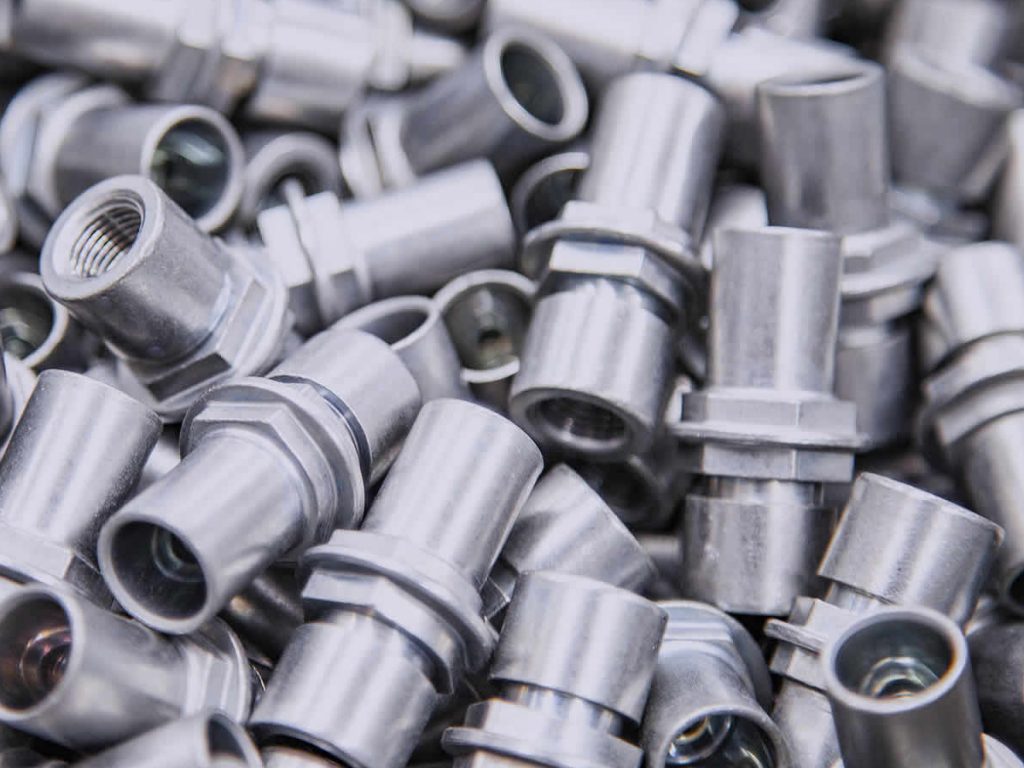Electroplating is a chemical or electrochemical process to apply a metallic layer to the product, for example, nickel to protect against corrosion, hard chrome to improve surface properties or silver and gold to beautify it. Occasionally, non-metallic materials are used. The product, connected as the cathode, and an anode of the metal to be deposited are immersed in an electrolyte solution (which may be acidic, alkaline or alkaline with salts and cyanide complexes) and connected externally to a direct current source. The positively charged cations from the metal anode migrate to the cathode, where they are reduced to the metal and deposited as a thin layer. The process continues until the new coating reaches the desired thickness, and the product is washed, dried and polished.
Anode: Cu → Cu + 2 + 2e-; Cathode: Cu + 2 + 2e- → Cu
Among the advantages of this process we can mention the objective to protect against corrosion or for aesthetic/decorative purposes, thus, in case of damage, it will always be easier to change the coating material than the coated one.
In electroforming, a process closely related to electroplating, molded objects, such as plaster or plastic, are made conductive by applying graphite and then connected as the cathode so that the metal is deposited on them.
The electroforming process offers comparative advantages over other processes such as
Reliable reproduction of details and textures.
Modification of the mechanical properties of the electroformed products, by adjusting the parameters of the electroforming bath.
Elaboration of parts with complex internal geometries, very difficult to obtain by other technologies.
It is usually cheaper than other methods and the processing times are usually shorter
In anodizing, a process that has become increasingly important in recent years, aluminum products (titanium and other metals are also used) are connected as the anode and immersed in dilute sulfuric acid. However, instead of aluminum positive ions forming and migrating to settle on the cathode, they are oxidized by the oxygen atoms that arise at the anode and bind to it as an oxide layer, which gives it its main advantage: it gives the material greater strength.
The main characteristics obtained by the materials after anodization are
- Increased abrasion resistance
- Protection against corrosion
- Easy to paint your surface
- Uniformity of surface
- Prolonging the life of the material


